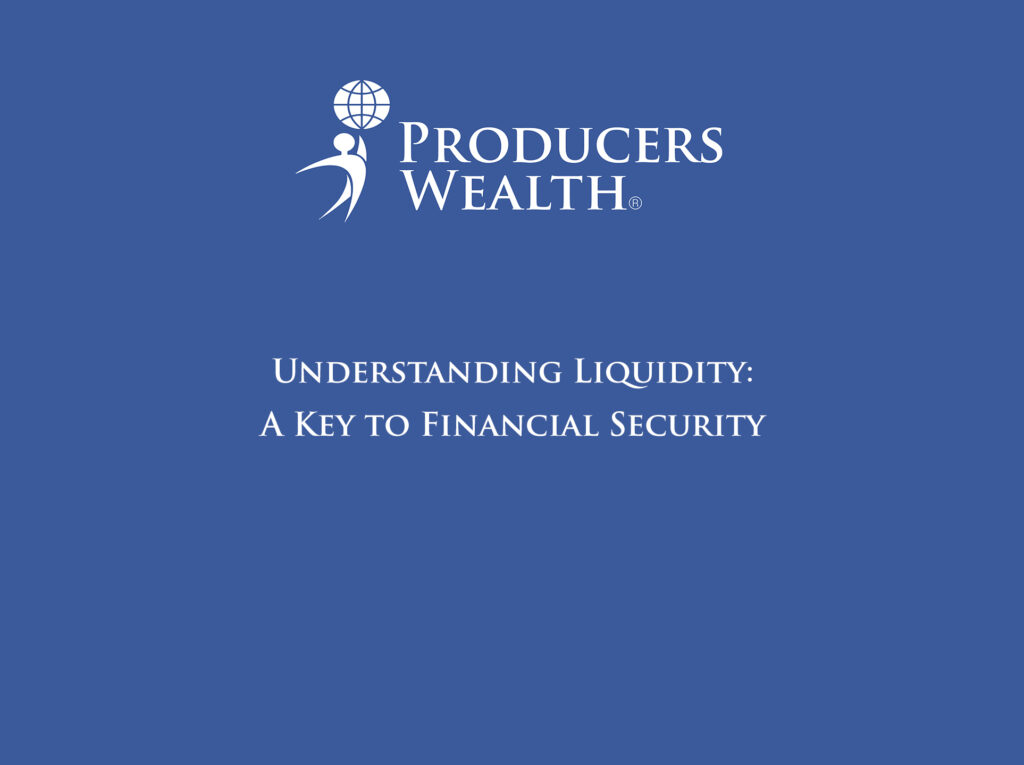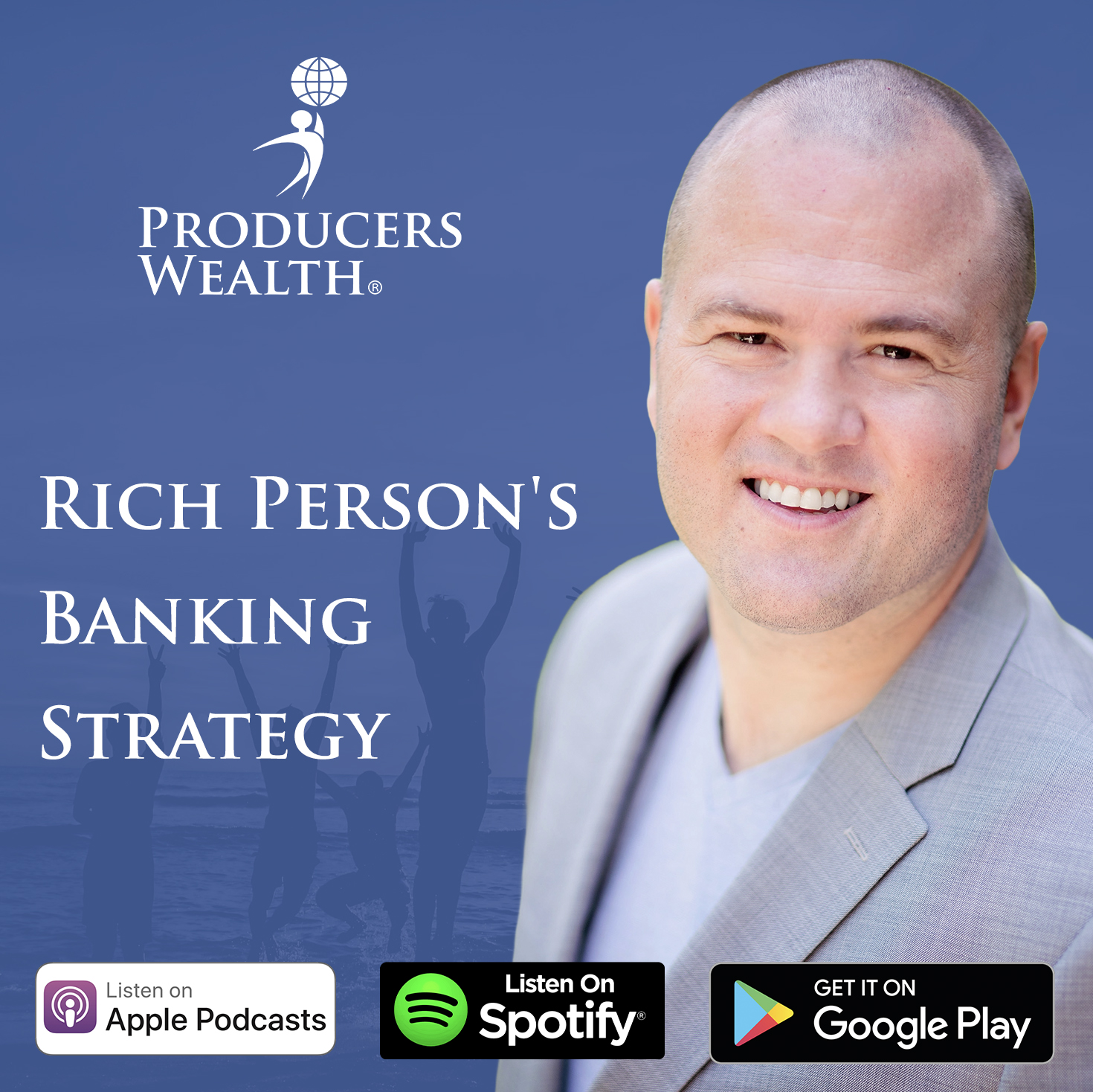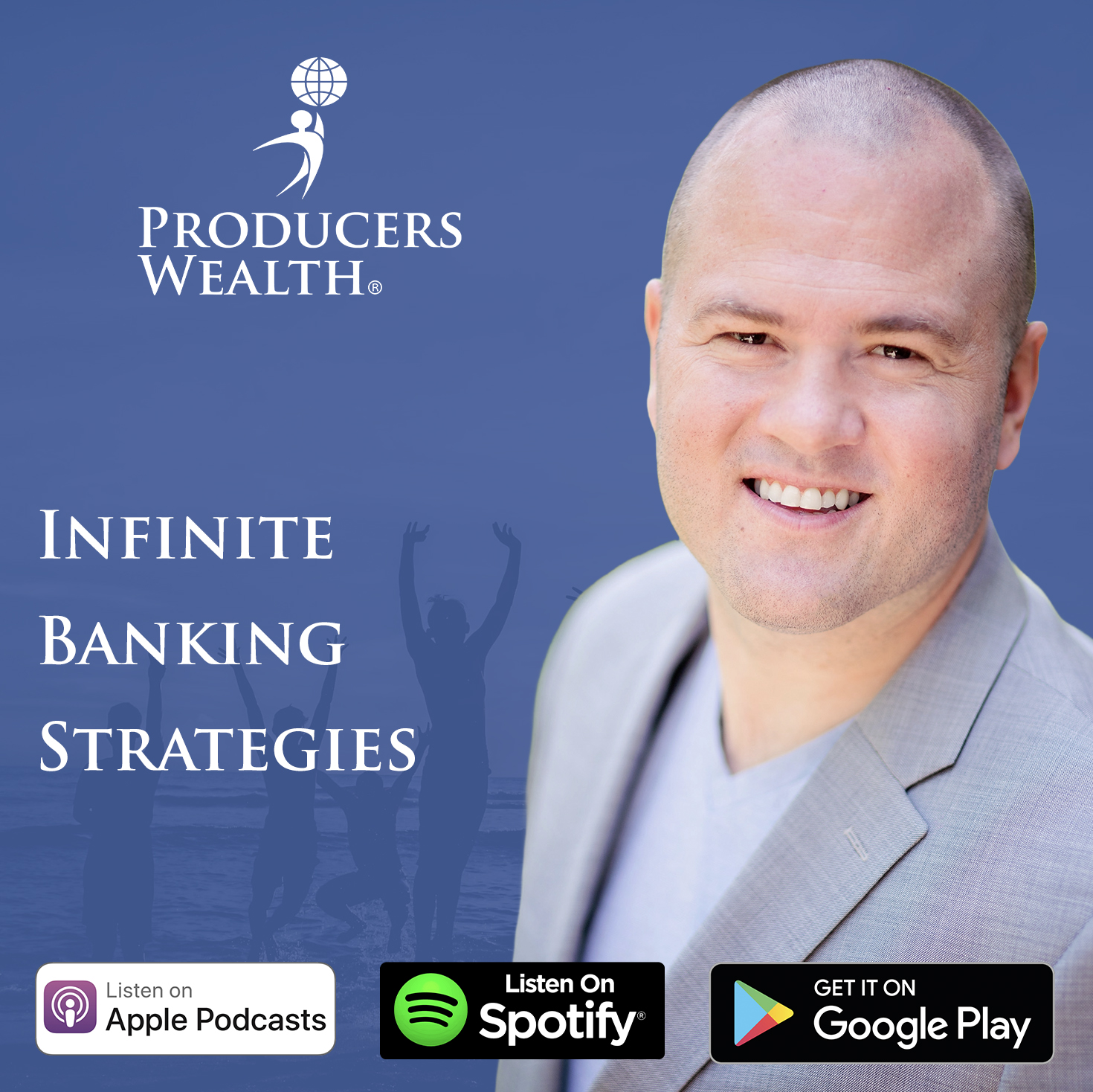
Liquidity is the cornerstone of a solid financial strategy, offering a safety net and flexibility when life throws unexpected challenges your way. In the world of financial planning, it’s not just about having money; it’s about where you keep it and how you manage it. I’m M.C. Laubscher, and today, we’re going to explore liquidity and how to position your assets to ensure you’re prepared for whatever the future holds. Let’s dive into a strategy that focuses on preserving capital and maintaining access to cash, using a structure designed for maximum efficiency and resilience.
Why Liquidity Matters
Liquidity is crucial because it provides quick access to cash when you need it most, whether it’s for personal expenses, business needs, or investment opportunities. But it’s not just about having cash—it’s about strategically positioning your assets to ensure you have access to different types of liquidity for different scenarios. Here’s a structure that I recommend for managing liquidity effectively:
- One Month of Cash in the Bank: Keep one month’s worth of living expenses in a bank account. This serves as an immediate buffer for unexpected expenses. But be cautious—banks may face challenges, especially with the potential rollout of central bank digital currencies (CBDCs). It’s wise to limit your exposure to traditional banking.
- Six Months of Cash in a Safe: Hold six months’ worth of living expenses in physical cash, stored in a secure location at home. This ensures you have access to funds even if the banking system faces disruptions.
- Six Months of Cash in a Dividend-Paying Whole Life Insurance Policy: Store six months of expenses in an overfunded, dividend-paying whole life insurance policy with a mutual insurance company. This approach leverages the benefits of infinite banking, offering liquidity, growth, and protection.
- Six Months of Cash in Gold and Silver: Gold and silver act as a “war horse” in your financial stable—assets that hold their value during economic uncertainty. This portion of your liquidity protects you when markets become volatile.
- Six Months of Cash in Cryptocurrencies: Cryptocurrencies, particularly Bitcoin, can serve as a high-growth asset. Think of them as the “racehorse” in your portfolio—fast and potentially lucrative, but with the risk that comes with rapid market shifts.
A Stable of Financial “Horses”
To navigate today’s financial landscape, it’s crucial to have a diverse range of assets, each playing a different role. Think of your assets like a stable of horses:
- Workhorse (Cash): The U.S. dollar remains the world’s reserve currency, making it essential to hold some cash for everyday expenses and transactions.
- War Horse (Gold and Silver): These precious metals provide stability and protection when financial markets become turbulent.
- Racehorse (Bitcoin and Cryptocurrencies): These assets have the potential for high returns but come with greater volatility. They’re your ticket to fast growth, but if the market falters, you have other assets to rely on.
Building Your Own Pool of Money
My mentor, Nelson Nash, introduced me to a powerful concept: creating your own pool of money, similar to how commercial banks operate. Just as water on Earth is all interconnected through oceans, rivers, and rain cycles, money flows through the global economy in a similar way. Banks have mastered the art of keeping this money flowing back into their systems, maintaining a constant cycle of capital.
Imagine creating a personal “pool of money” where funds circulate back into your control, just like the banks. When you produce value and save, you capture your cash in a vehicle that grows predictably. This allows you to tap into your own financial reserves rather than relying on traditional banks. It’s a strategy that aligns with the infinite banking concept—becoming your own bank.
The Banking Business Model: Lessons for Personal Finance
To understand how you can become your own bank, let’s break down the traditional banking model:
- Deposits and Lending: Banks take deposits from customers and pay a small amount of interest. They then lend out those deposits at a higher interest rate, creating a profit margin.
- Leverage and Profit: If you deposit $10,000 in a bank, they might pay you 1% interest, or $100. Meanwhile, they lend that $10,000 at 10%, earning $1,000 in interest. With only $100 of their own money in play, they make a $900 profit—essentially a 900% return on their capital.
- Fractional Reserve Banking: This model becomes even more powerful with fractional reserve banking, where banks are only required to keep a fraction of deposits as reserves. They can lend out the rest, amplifying their ability to create loans and earn profits.
By learning from this model, you can set up your own banking system using a dividend-paying whole life insurance policy. This allows you to retain control over your money, earn interest, and create opportunities to borrow against your policy for investments or major purchases.
Where Banks Keep Their Money: Lessons for Your Strategy
Interestingly, banks store a significant portion of their tier-one capital—core reserves—in life insurance. Why? Because it offers stability, predictable growth, and liquidity. Here’s a look at how much banks invest in life insurance as part of their tier-one capital:
- Bank of America: 14.34% in life insurance.
- Wells Fargo: 13.84% in life insurance.
- PNC Bank: 27.25% in life insurance.
If major financial institutions use life insurance to stabilize their reserves, it’s a strategy worth considering for your own financial structure. Using life insurance as a cash reservoir not only protects your capital but also allows you to access it when needed, just like the banks do.
Infinite Banking: Building Your Own Bank
Infinite banking is about reclaiming the banking function in your own economy through a specially designed life insurance policy. This strategy involves overfunding a whole life insurance policy to maximize its cash value, providing you with a financial vehicle that offers both growth and liquidity. Here’s how it works:
- Fund the Policy: Pay premiums into your whole life policy, building up cash value.
- Borrow Against the Policy: Instead of withdrawing your cash, you can take out a loan using the policy’s cash value as collateral. This means your policy continues to earn interest and dividends, even as you use the loan for other investments.
- Repay the Loan: Use the returns from your investments or other cash flow sources to repay the loan, maintaining the integrity of your cash value.
By using this strategy, you can access your money without triggering taxes, grow your capital steadily, and keep control over your financial destiny.
A Comprehensive Wealth Strategy
Creating a liquidity plan that includes life insurance, precious metals, cryptocurrencies, and cash is about more than just preparing for emergencies. It’s about building a resilient, adaptable financial structure that can weather economic storms and capitalize on opportunities. By taking control of your liquidity and positioning your assets strategically, you create a financial fortress that protects you and your family.
As you set up your own banking system, remember that this approach is not about replacing traditional banks but about taking back control over your financial future. It’s about using the same principles that banks have mastered to ensure that your money works for you—not the other way around.
Building Financial Resilience
Liquidity is more than just a line item on your balance sheet. It’s your safety net, your opportunity fund, and a key component of long-term wealth building. By diversifying your liquidity through cash, life insurance, precious metals, and cryptocurrencies, you create a robust financial foundation that can adapt to changes in the economy and provide you with options when you need them most.
Watch all of our educational videos on Infinite Banking here.
Disclaimer and Waiver
Michiel Laubscher & Laubscher Wealth Management LLC is not an investment advisor and is not licensed to sell securities. None of the information provided is intended as investment, tax, accounting, or legal advice, as an offer or solicitation of an offer to buy or sell, or as an endorsement, of any company, security, fund, or other offerings. The information should not be relied upon for purposes of transacting securities or other investments. Your use of the information contained herein is at your own risk. The content is provided ‘as is’ and without warranties, either expressed or implied. Michiel Laubscher & Laubscher Wealth Management LLC does not promise or guarantee any income or specific result from using the information contained herein and is not liable for any loss or damage caused by your reliance on the information contained herein. Always seek the advice of professionals, as appropriate, regarding the evaluation of any specific information, opinion, or other content.





